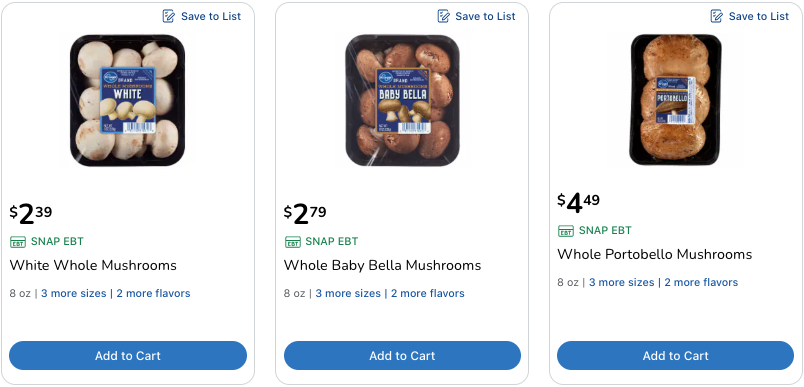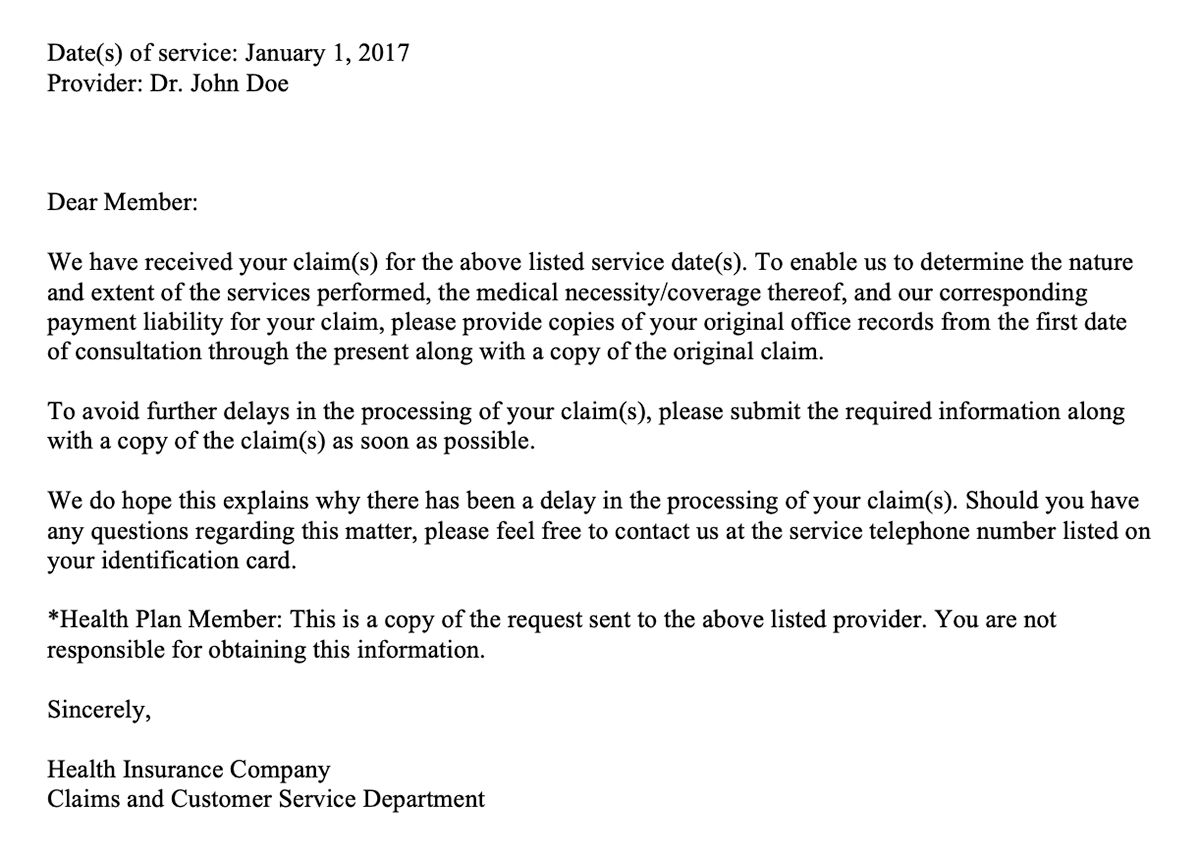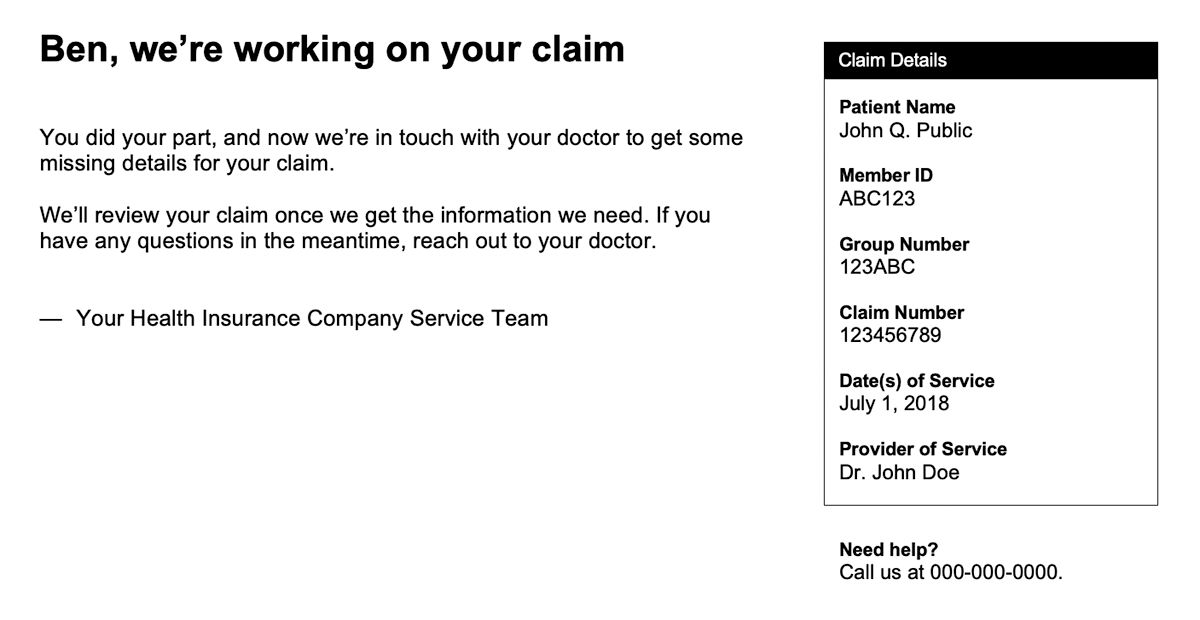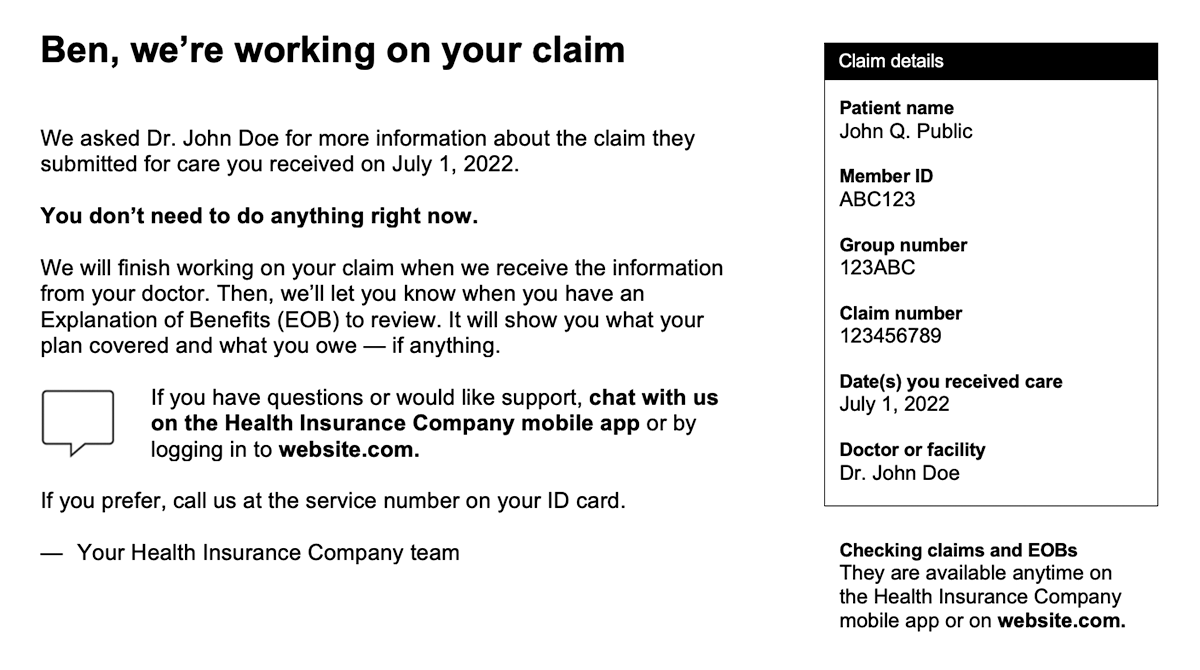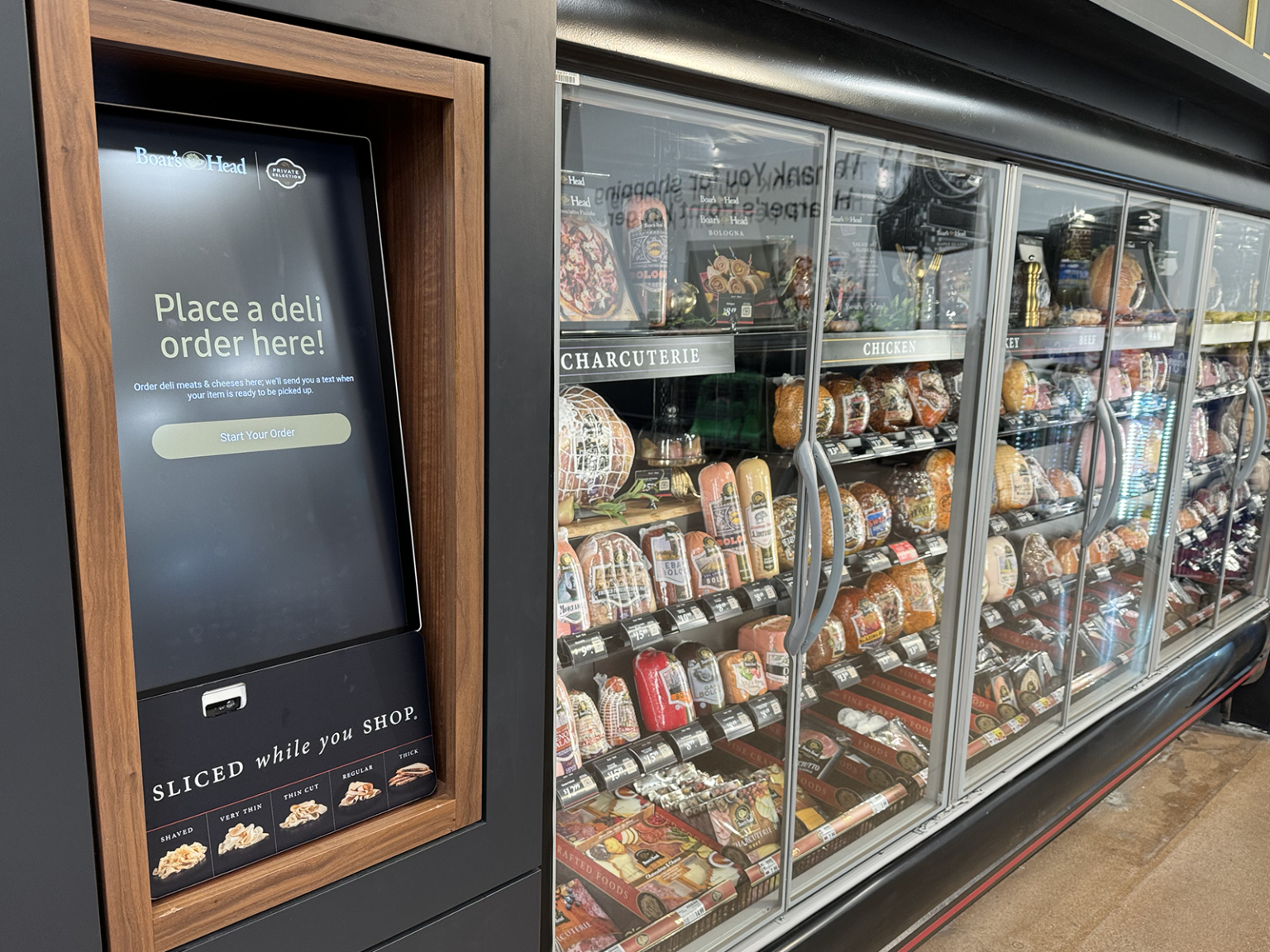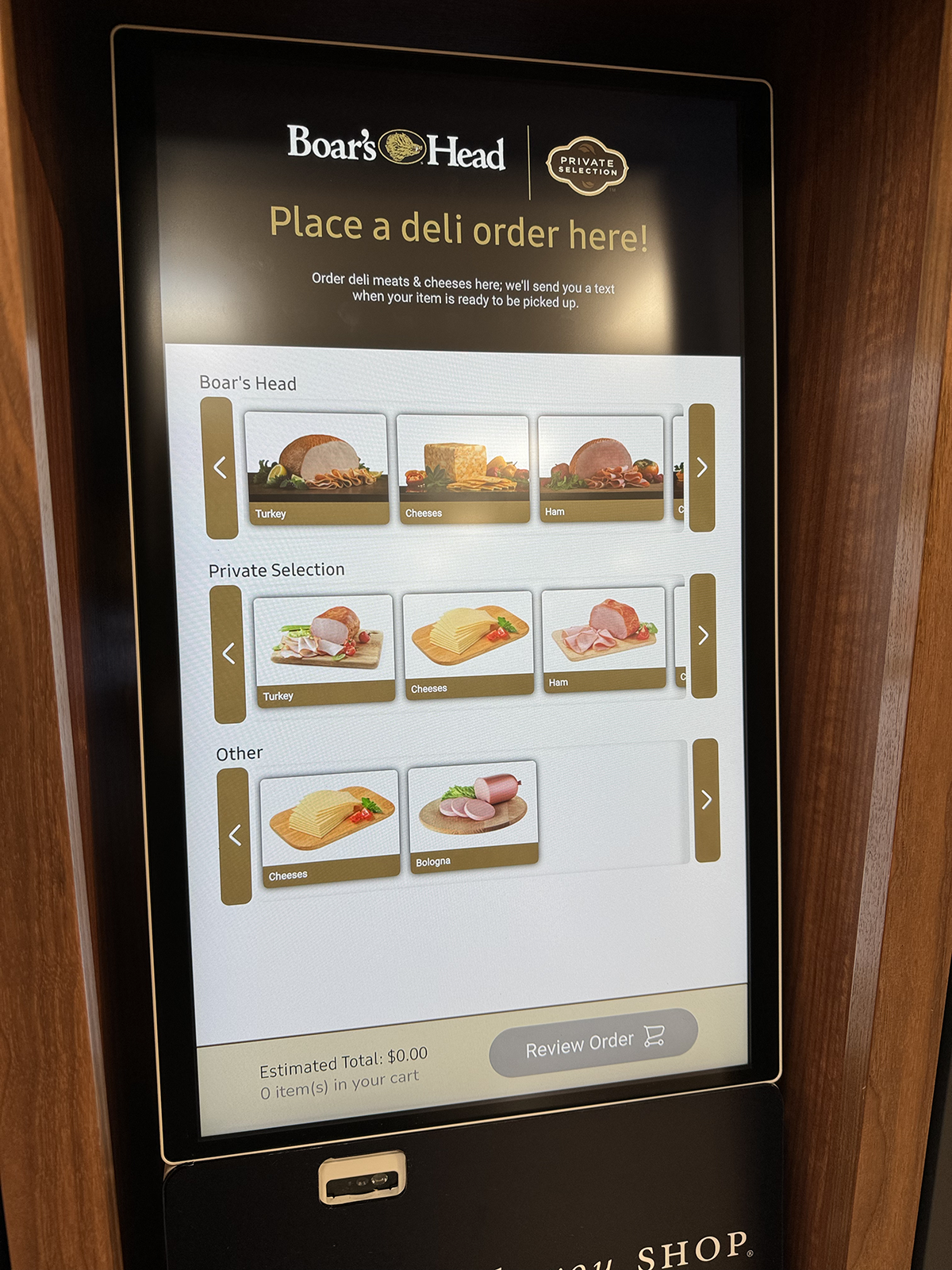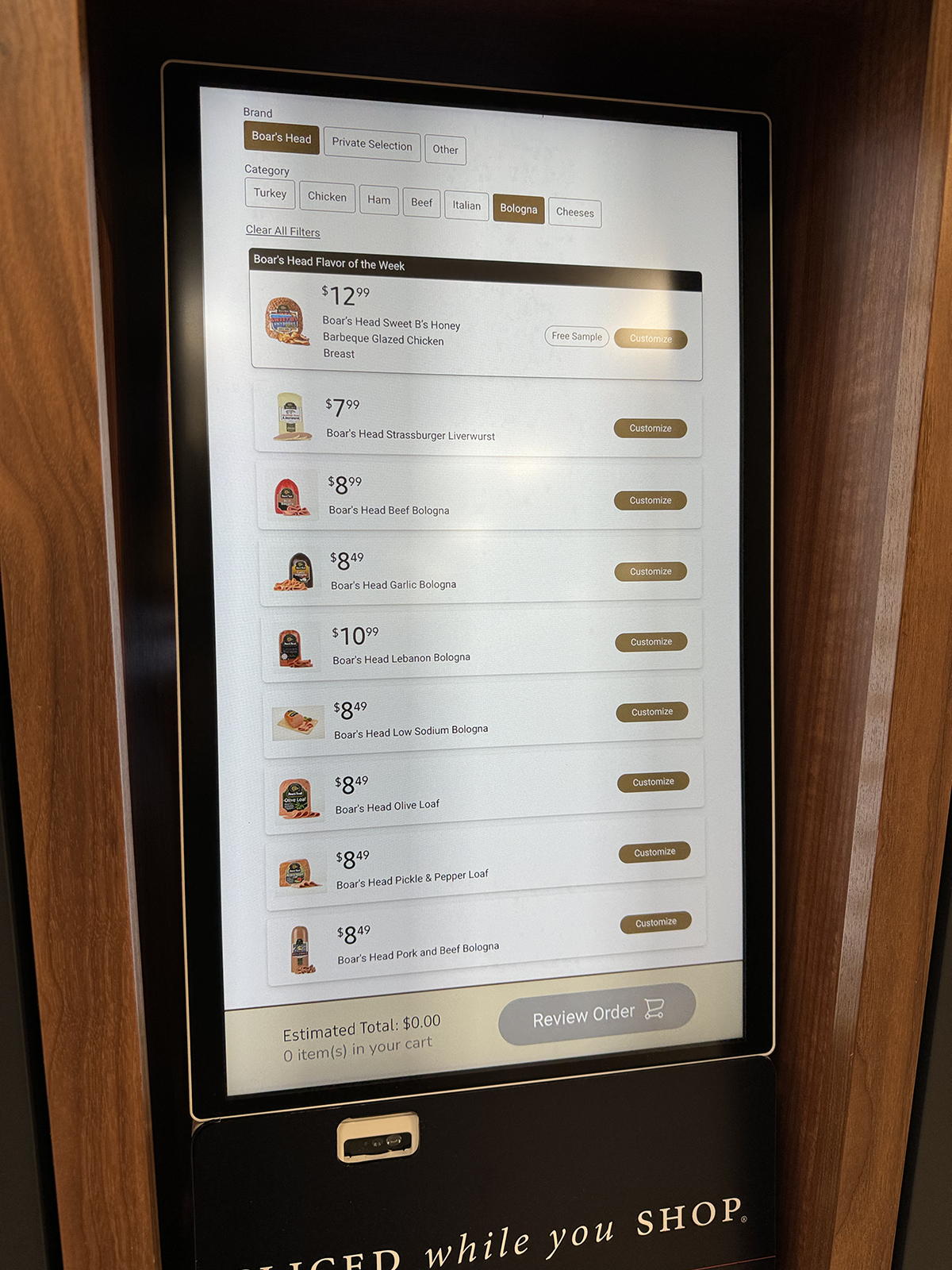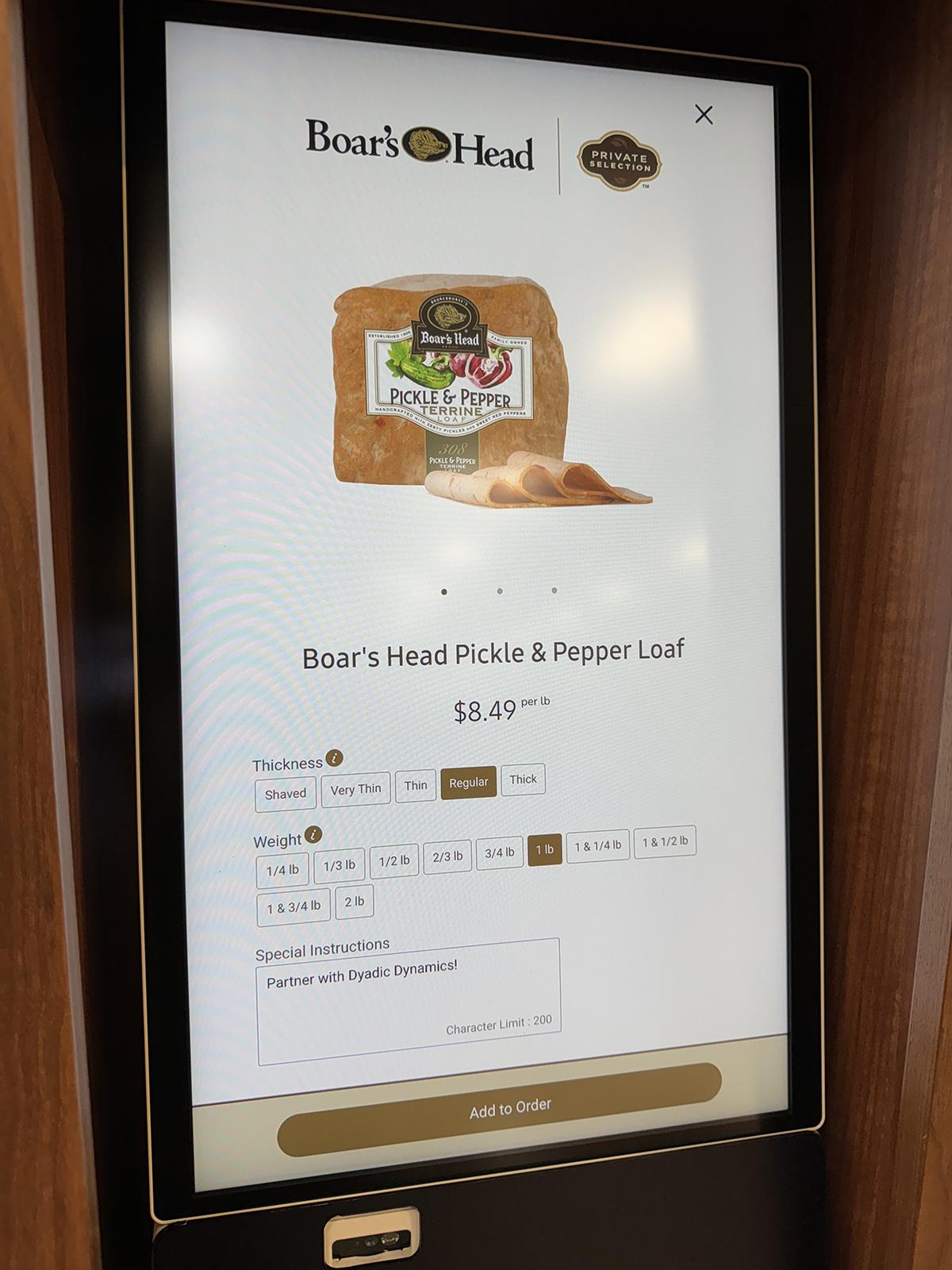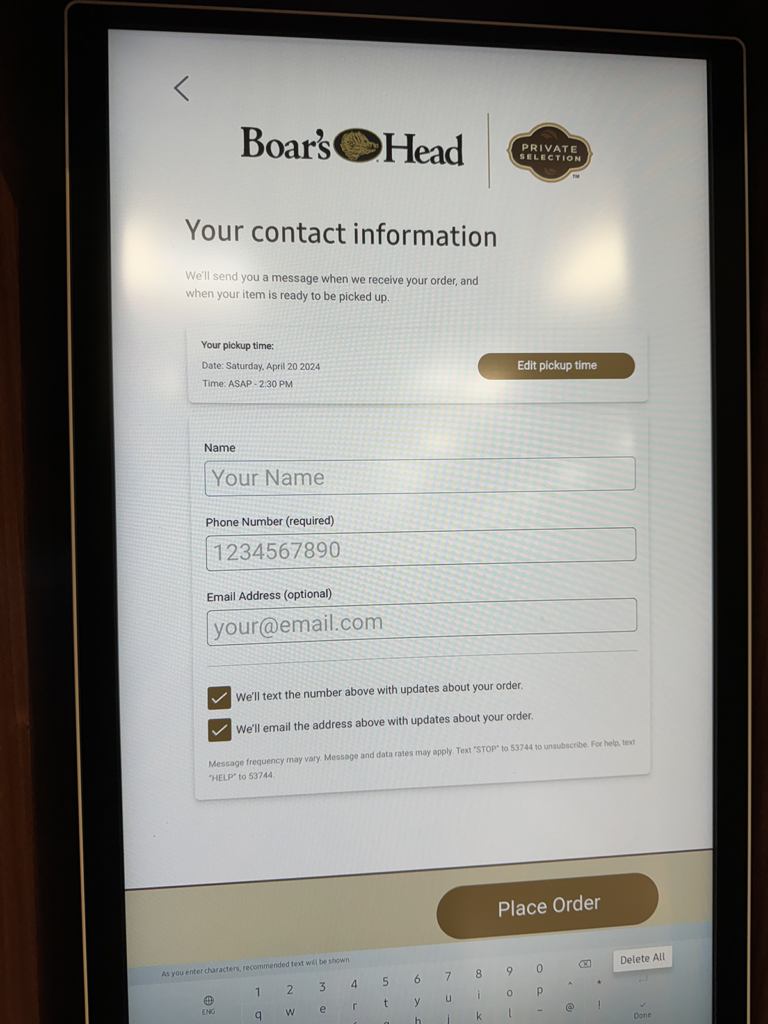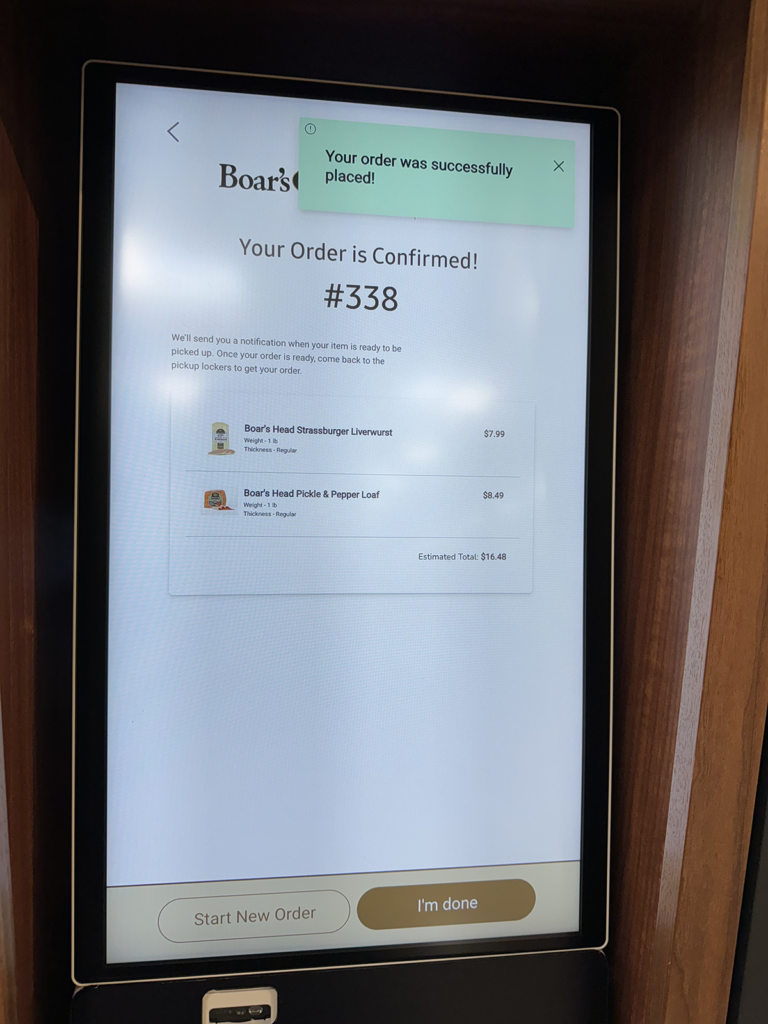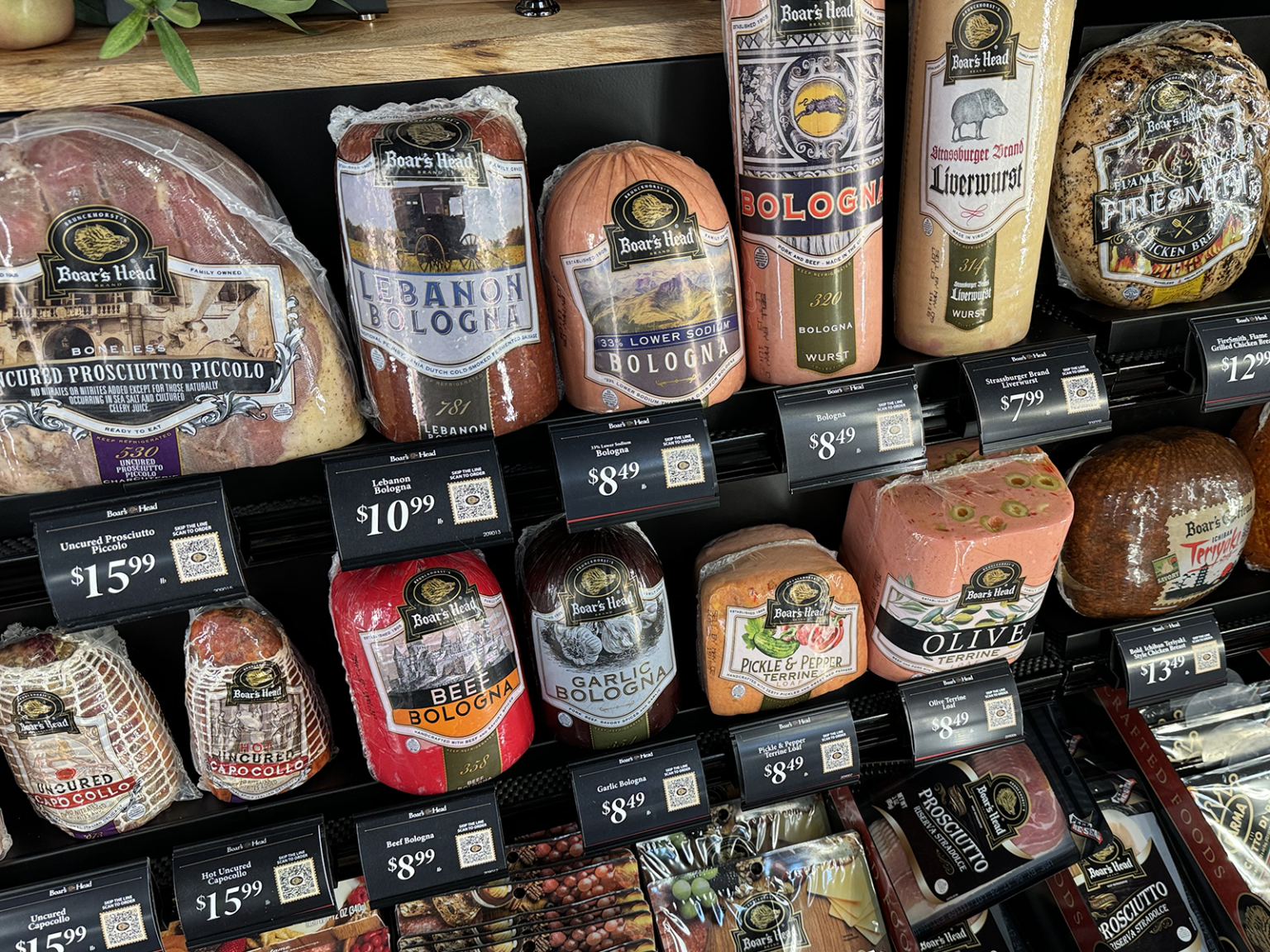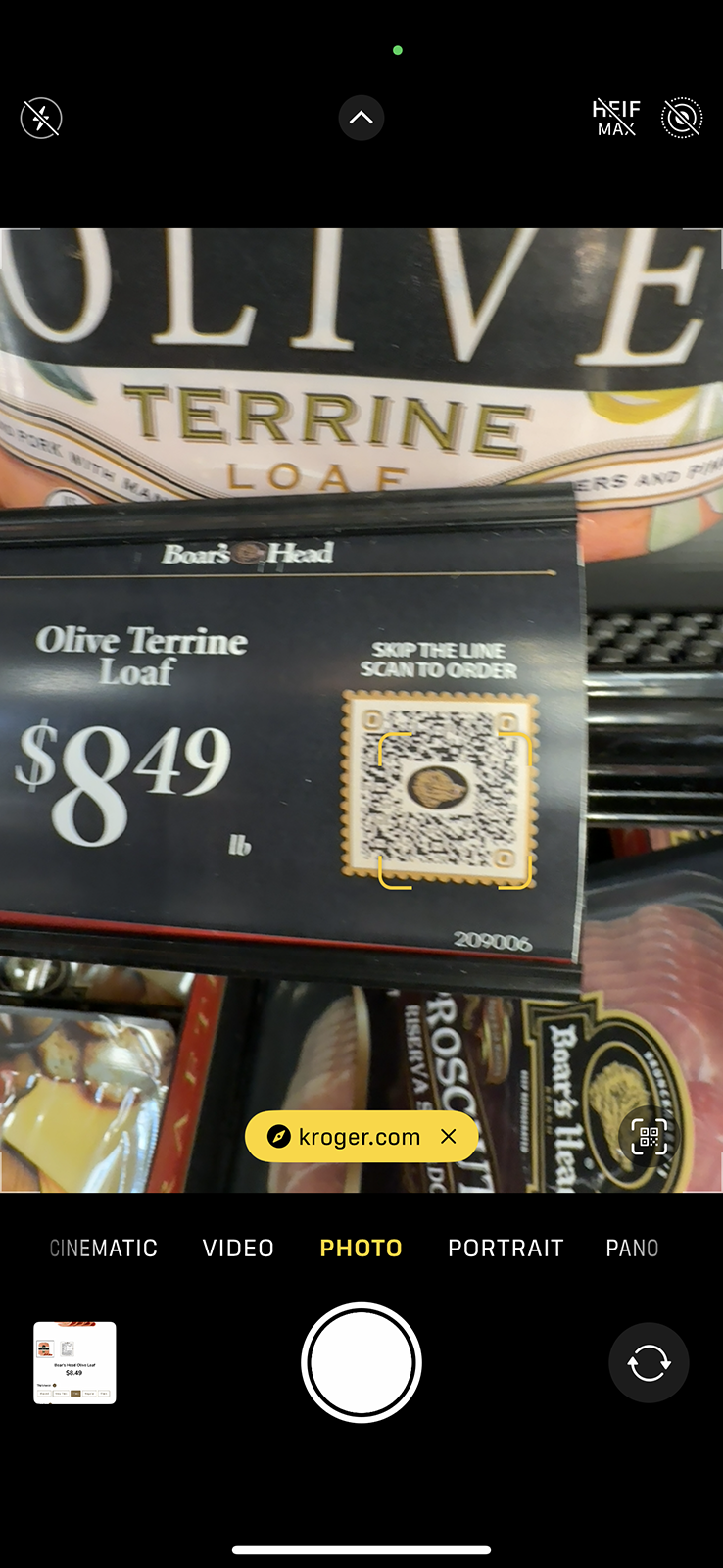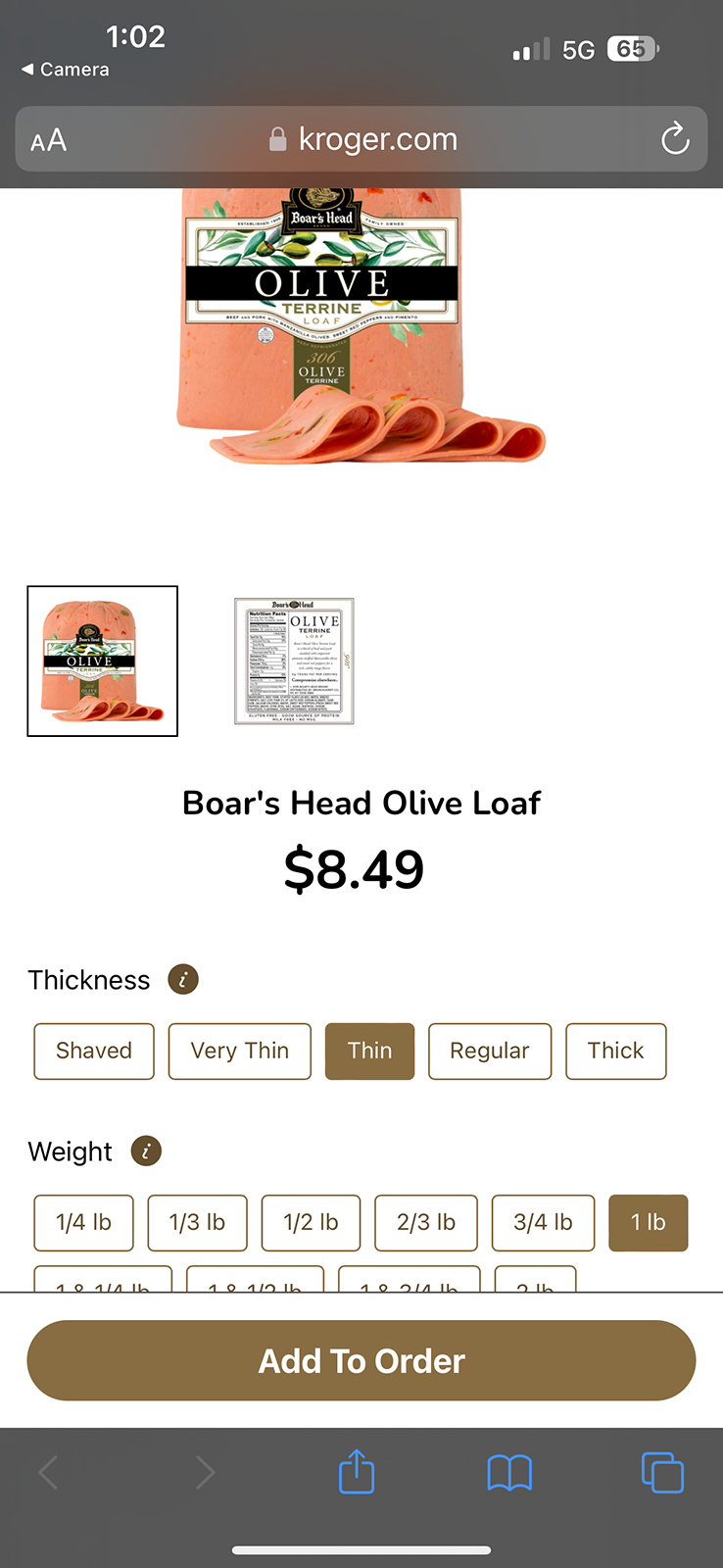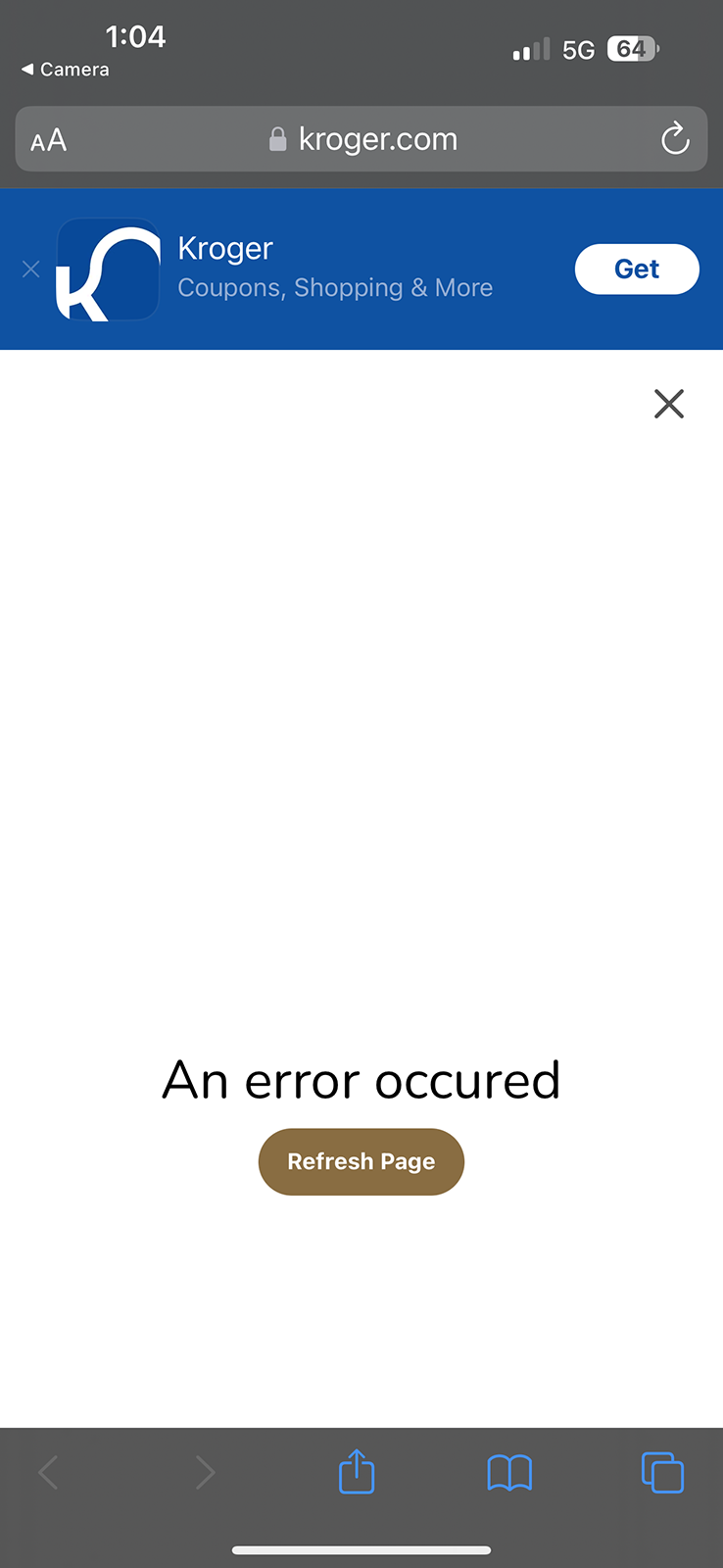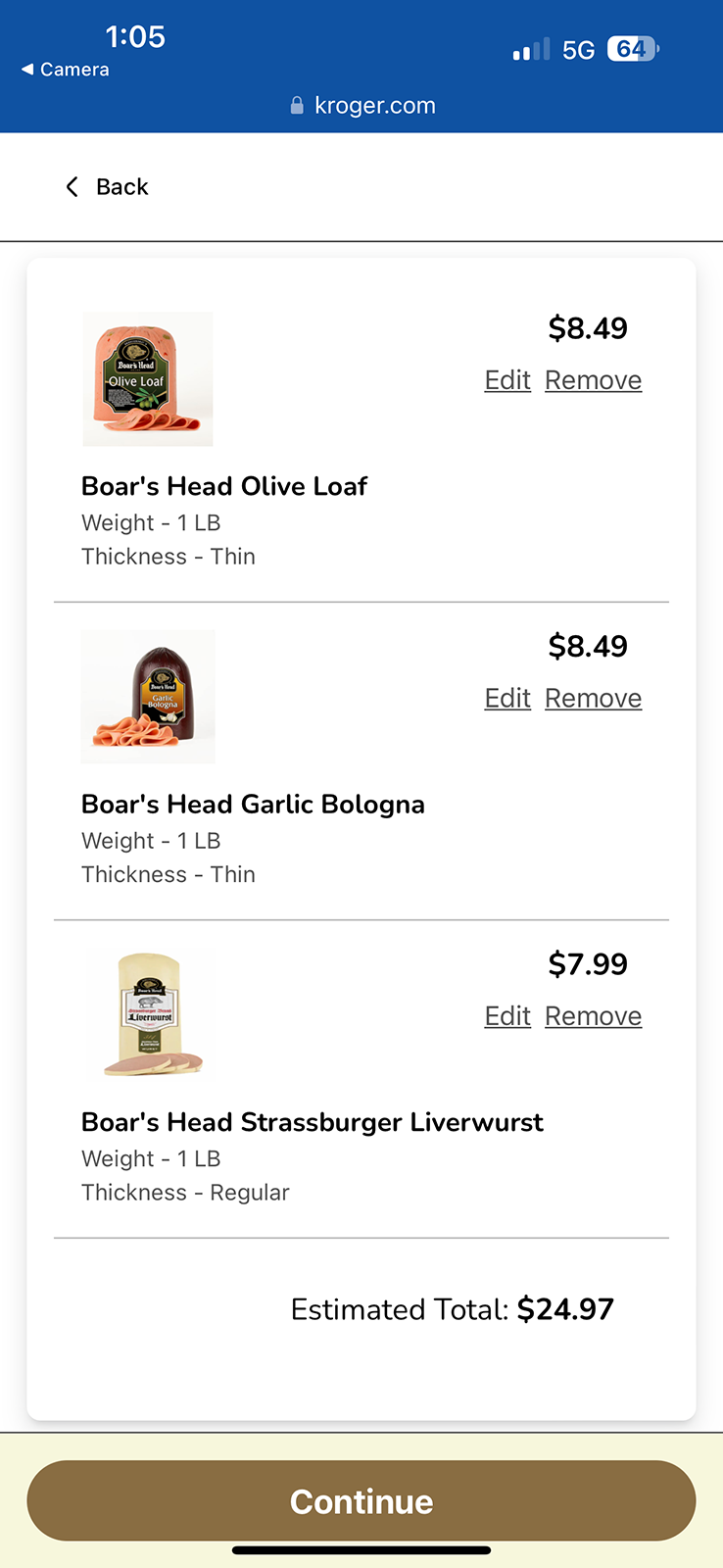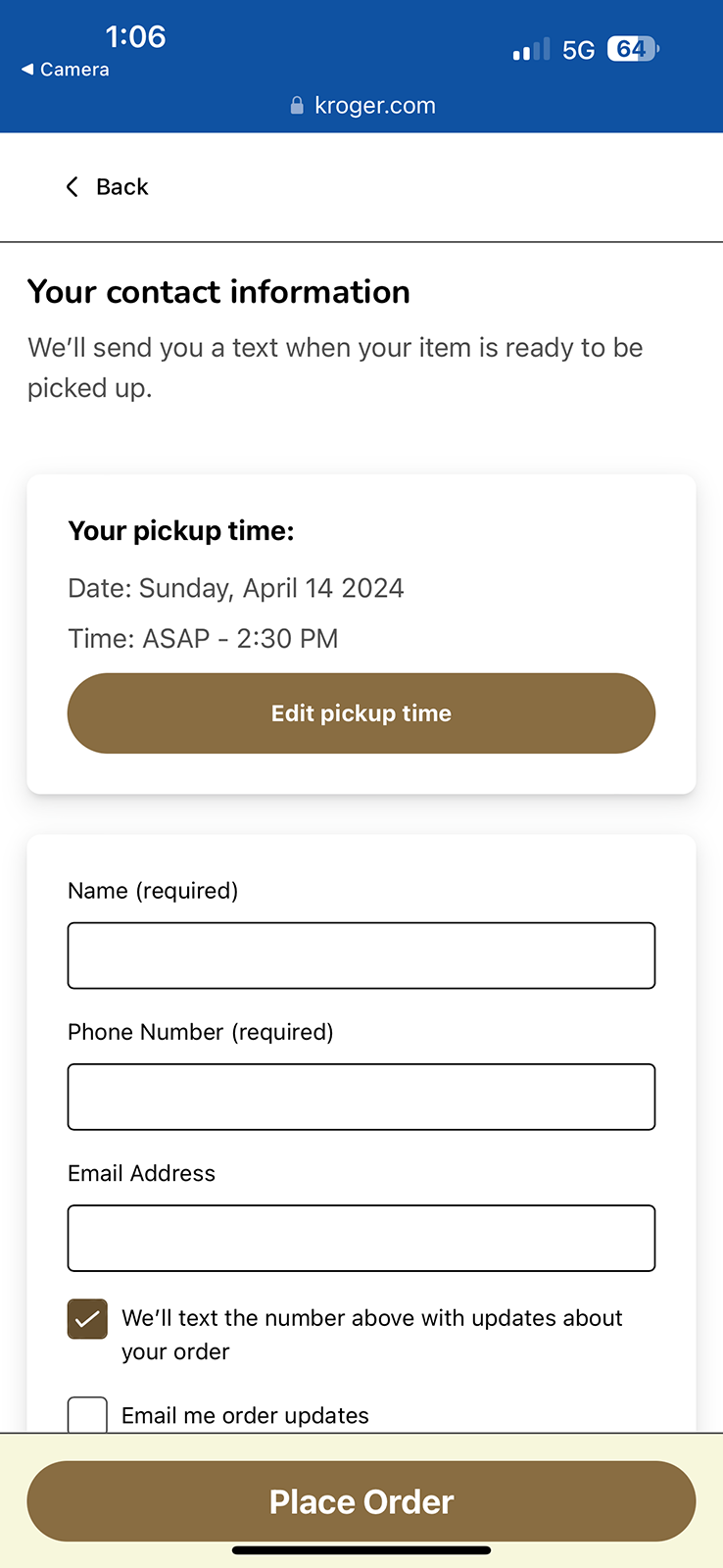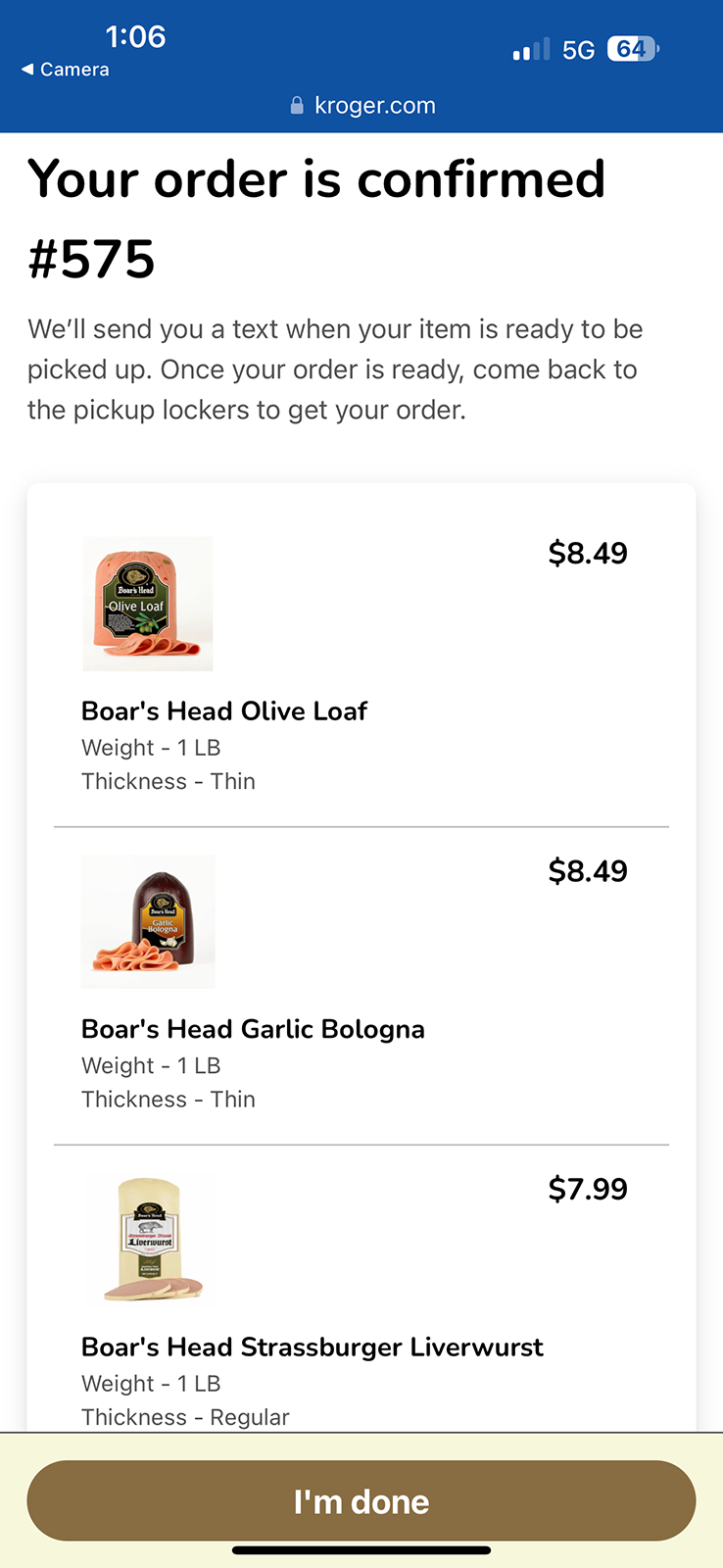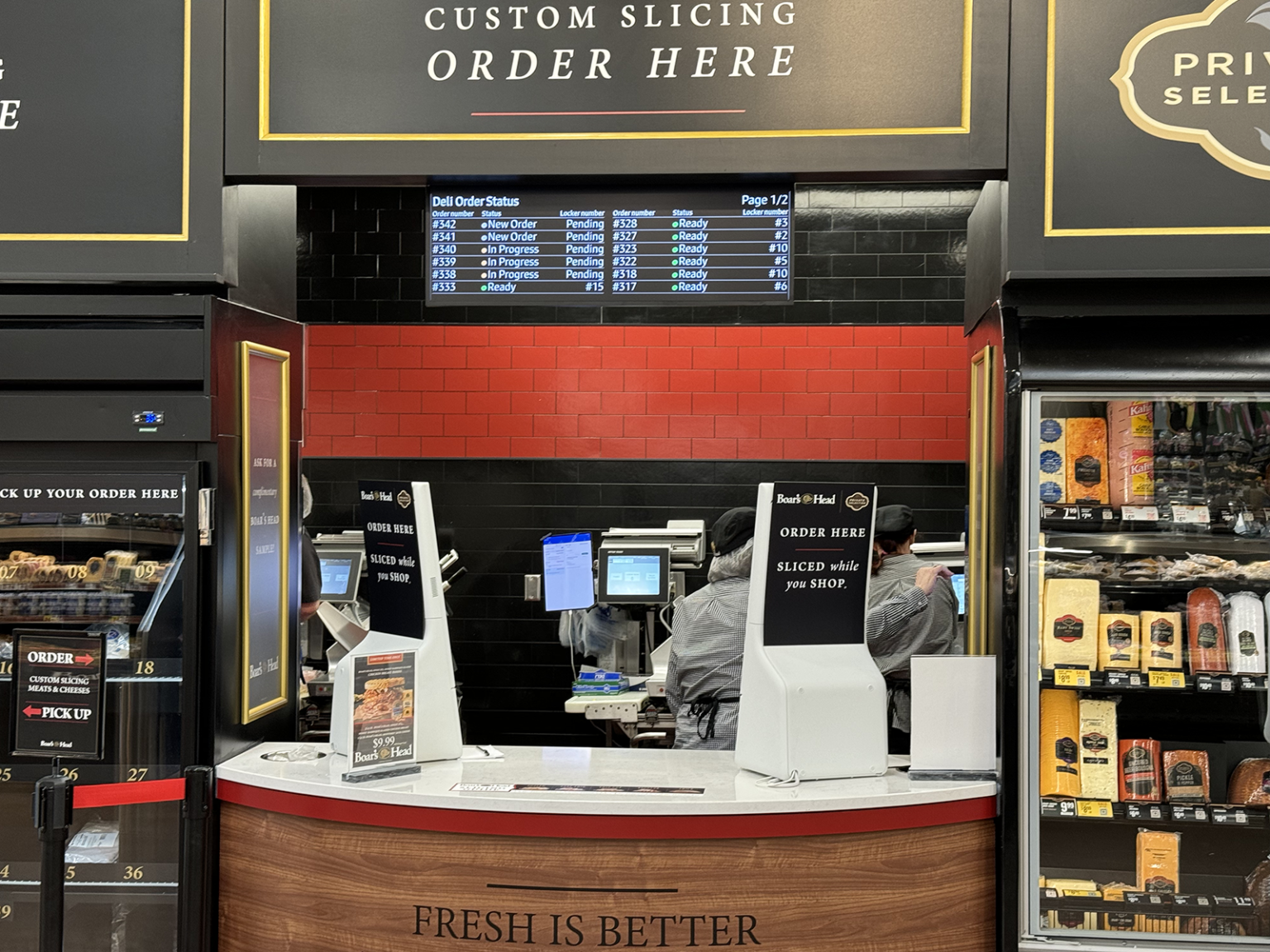Polar Beverages is the company behind the Polar Seltzer brand — a portfolio of more than 20 flavors (limited editions included) of carbonated water. I reached out to them not too long ago to share a product-related concern. The way they handled my feedback inspired this follow-up to an article I wrote about brand apologies.
Here’s what I sent through their website:
Hello! Regular Polar Seltzer consumer here. Imagine my shock when I unloaded a tasty 32-pack variety into the fridge, only to find that a can of your venerable Black Cherry seltzer was underfilled!
The can was sealed properly, but it felt so light that I had to weigh it. The can weighed in at 3.75 ounces. That’s 9.375 ounces or 71.4% less than the average can, which weighs a bit more than 13 ounces.
Help me get over this heartache, Polar Seltzer friends.
Thanks!
Ben Rosenfield
Polar responds
Customer service at Polar Beverages replied approximately 19 minutes later with the following message:
Thank you for writing. I’m sorry that you experienced this empty or low fill can in the Polar product you purchased. Polar practices high quality control standards and precautionary procedures are observed throughout the production of our products. In fact, procedures are in place to prevent low fills and empty cans such as you received. We have a device that is called Fill-Tech that actually x-rays the bottles/cans to see the desired volume in the bottles/cans; however should this device malfunction, it is possible for some low-fills, or empty cans to escape. The information you provided will be sent to our quality team. I will be sending you a Polar coupon in the mail. Thank you for contacting Polar
What is great about their apology?
- Polar sent it quickly.
- It expresses gratitude and remorse right away.
- It emphasizes Polar’s commitment to quality and acknowledges that the company’s quality-control systems can sometimes fail.
- The message makes next steps clear and describes precisely who is responsible for taking those steps.
- It explains how the company will make things right with me.
The best part of the apology is the information about Polar’s quality-assurance technology and the role it plays in preventing the problem I encountered. The sentence about the device Polar uses and how it works offers an interesting and relatable peek behind the scenes.
Discussing their Fill-Tech system was a smooth way to not only show that the company invests in solutions designed specifically to ensure product consistency, but also to explain why the problem happened. It makes the apology more memorable than the problem. Nicely done.
What about the apology could be better?
- Punctuation and grammar. Examples in this apology include a period missing at the end of the sign-off, inconsistent hyphenation in compound modifiers, use of passive voice, a comma missing after a conjunctive adverb, and inconsistent spacing between sentences.
- Focus on the issue. The apology says, “I’m sorry that you experienced this empty or low fill can in the Polar product you purchased.” That statement is far superior to a generic mention of an issue, but an empty can is different from a low-fill can. The lack of issue focus in the response leaves me feeling as if someone had simply copied it from an expansive apology file and pasted it into an email to me.
- Formatting. Paragraphs prevent fatigue. They also offer an effective way to organize and prioritize information.
- Personalization. Adding something as simple as my first name in a salutation would’ve been a nice touch.
The issues I’ve just described aren’t insurmountable problems; instead, they are very approachable opportunities to enhance this communication. I’ve called out these observations for a couple of reasons (being nit-picky as hell isn’t one of them). First, critical analysis is an important part of continuous improvement. And second, precision in an apology goes a long way to restoring credibility.
The most important thing is that I understood the apology Polar sent me. I’d wager that other consumers also have an easy time with it. It’s a very good apology that, like any communication, leaves room for improvement and merits periodic review.
Resolution
Polar sent me two one-dollar coupons. The coupons more than made up for one underfilled can of seltzer. I used those coupons to buy Polar Seltzer in newly released flavors.
I wouldn’t have abandoned the Polar Seltzer brand just because one of the innumerable cans I’ve purchased wasn’t full. But the fact that the company sent a timely, thoughtful, and informative apology — and followed up with coupons — made it that much easier for me to remain a satisfied customer.
If you haven’t read The Art of the Apology, take a moment to check it out.
If you have questions or would like more information, please contact me.



